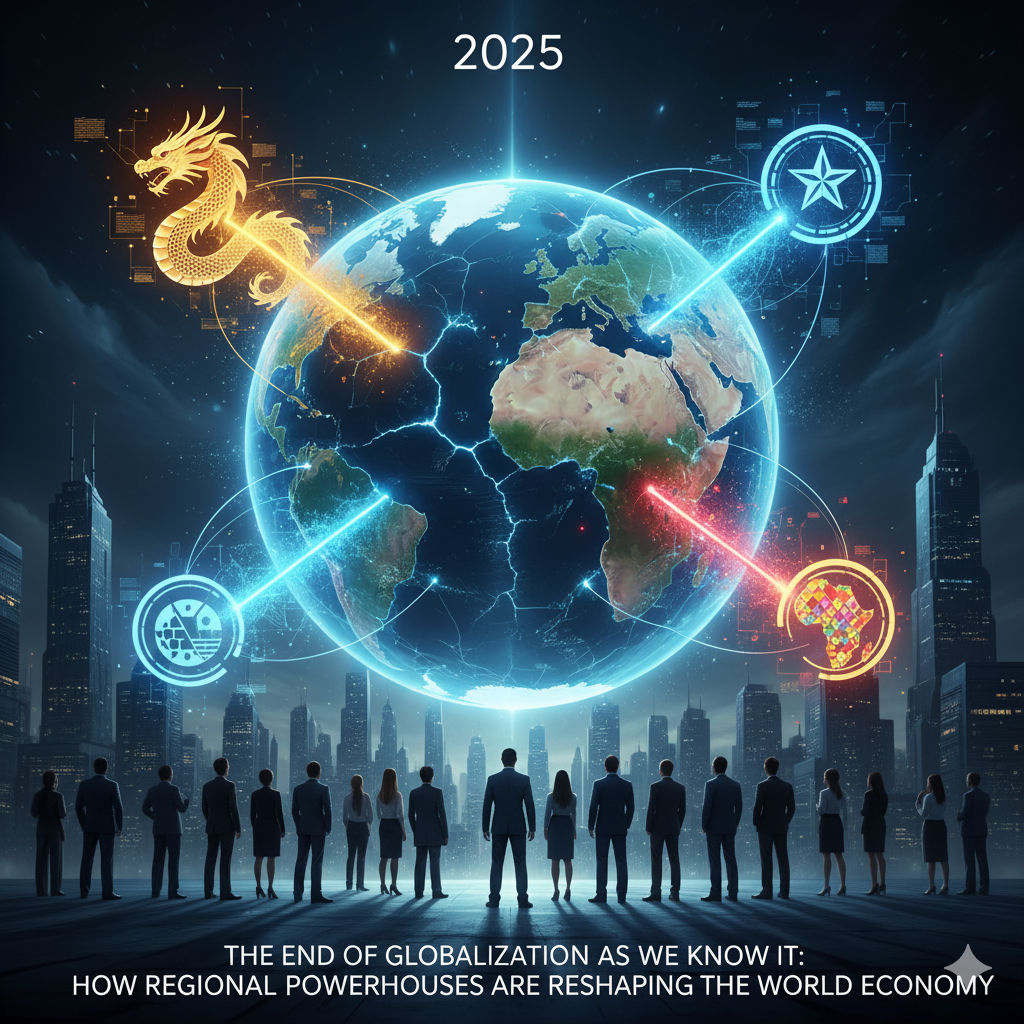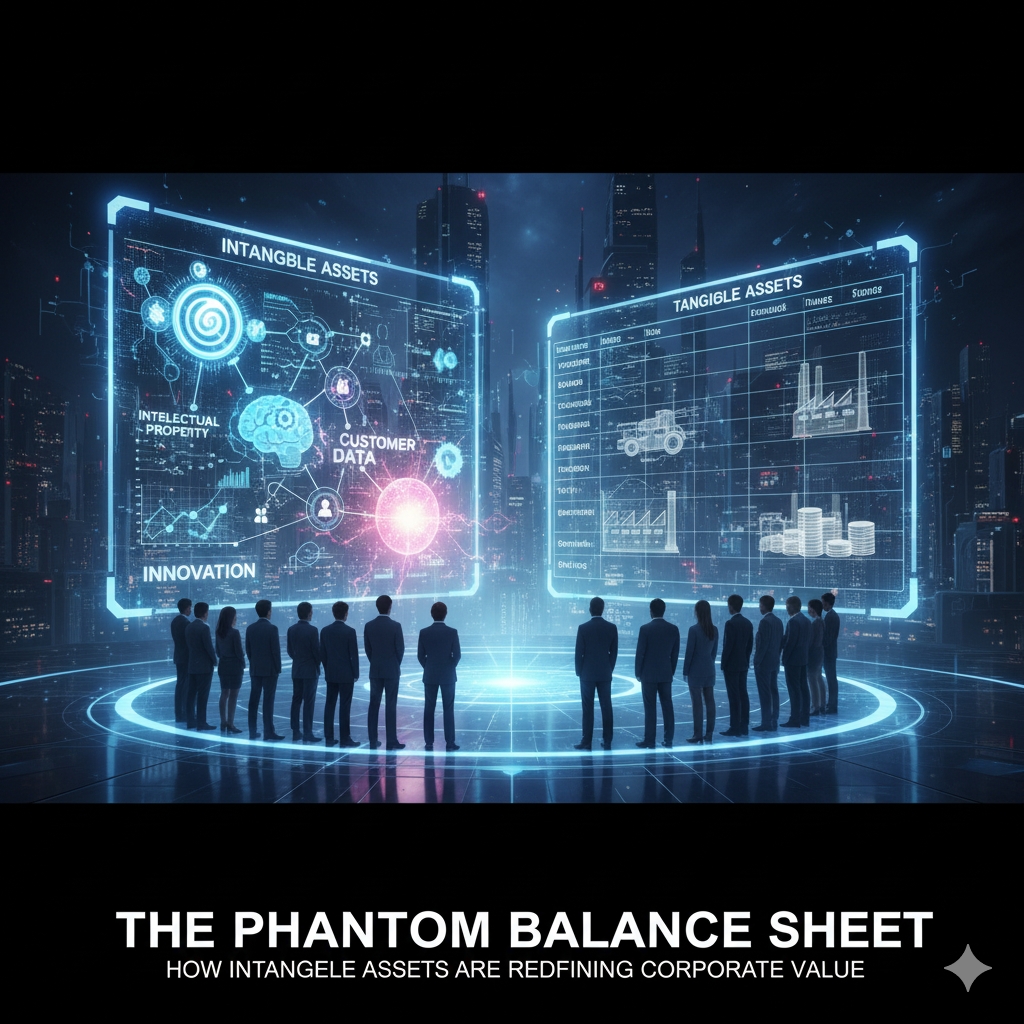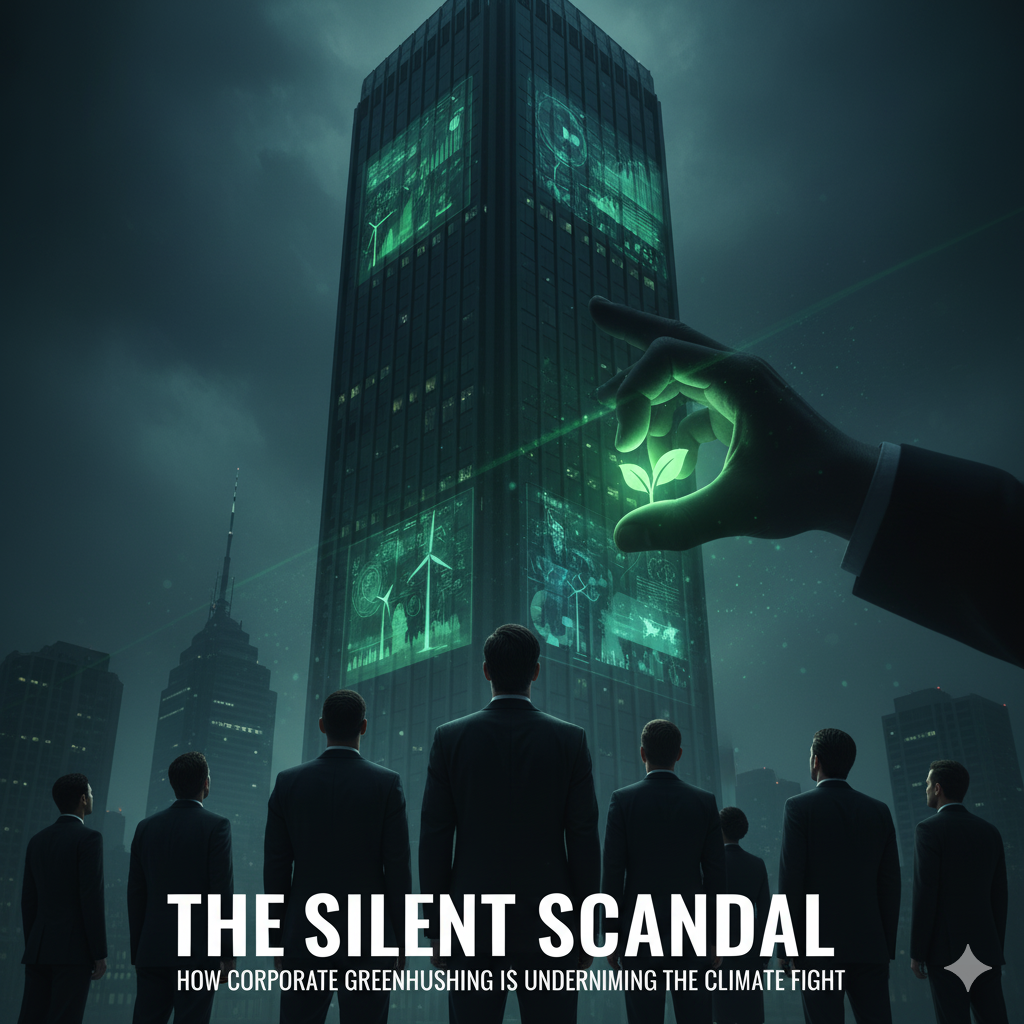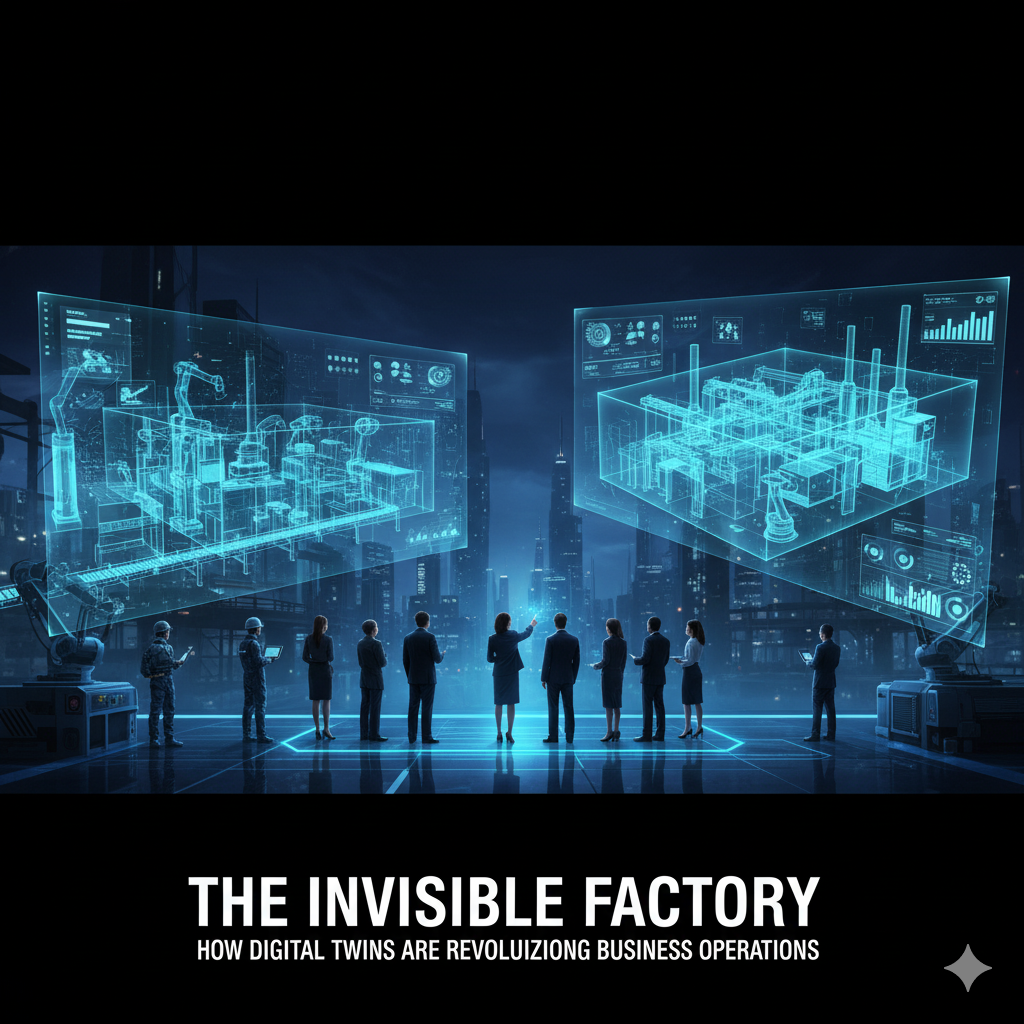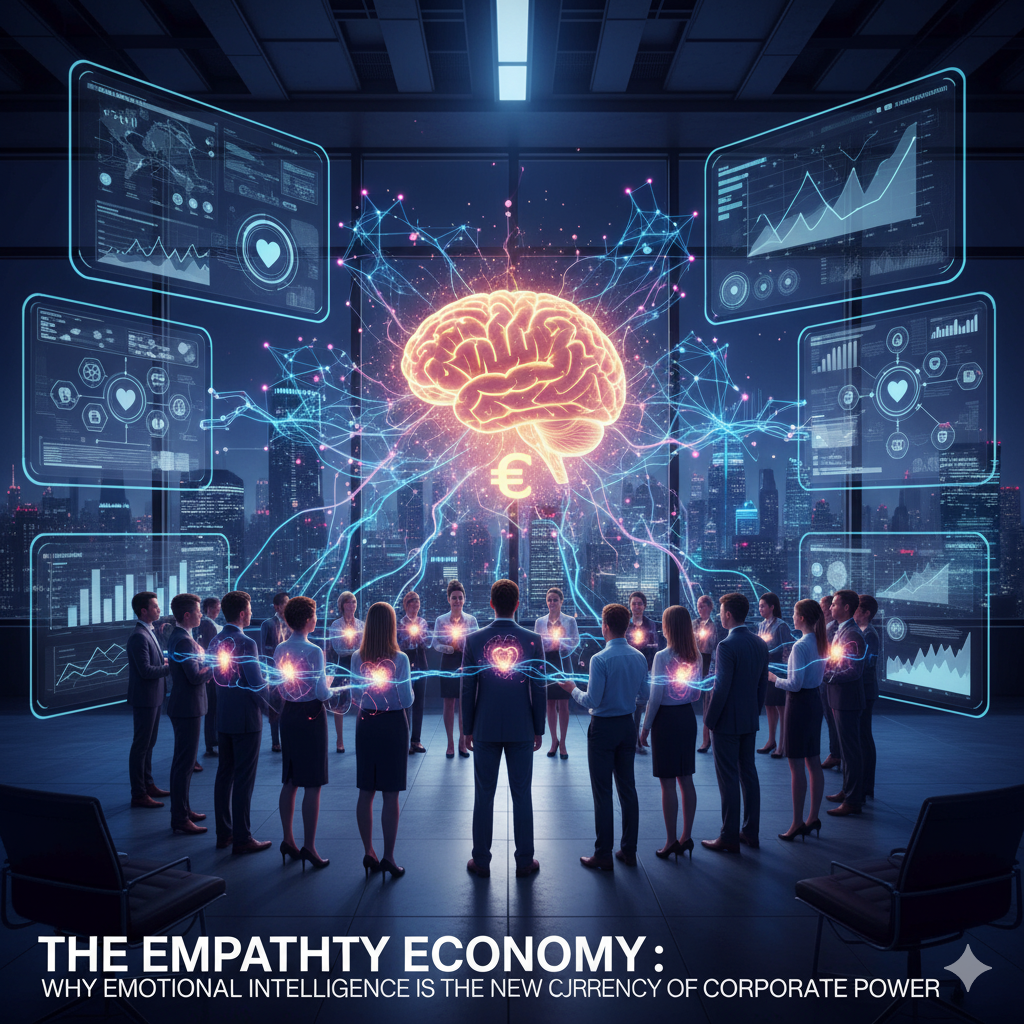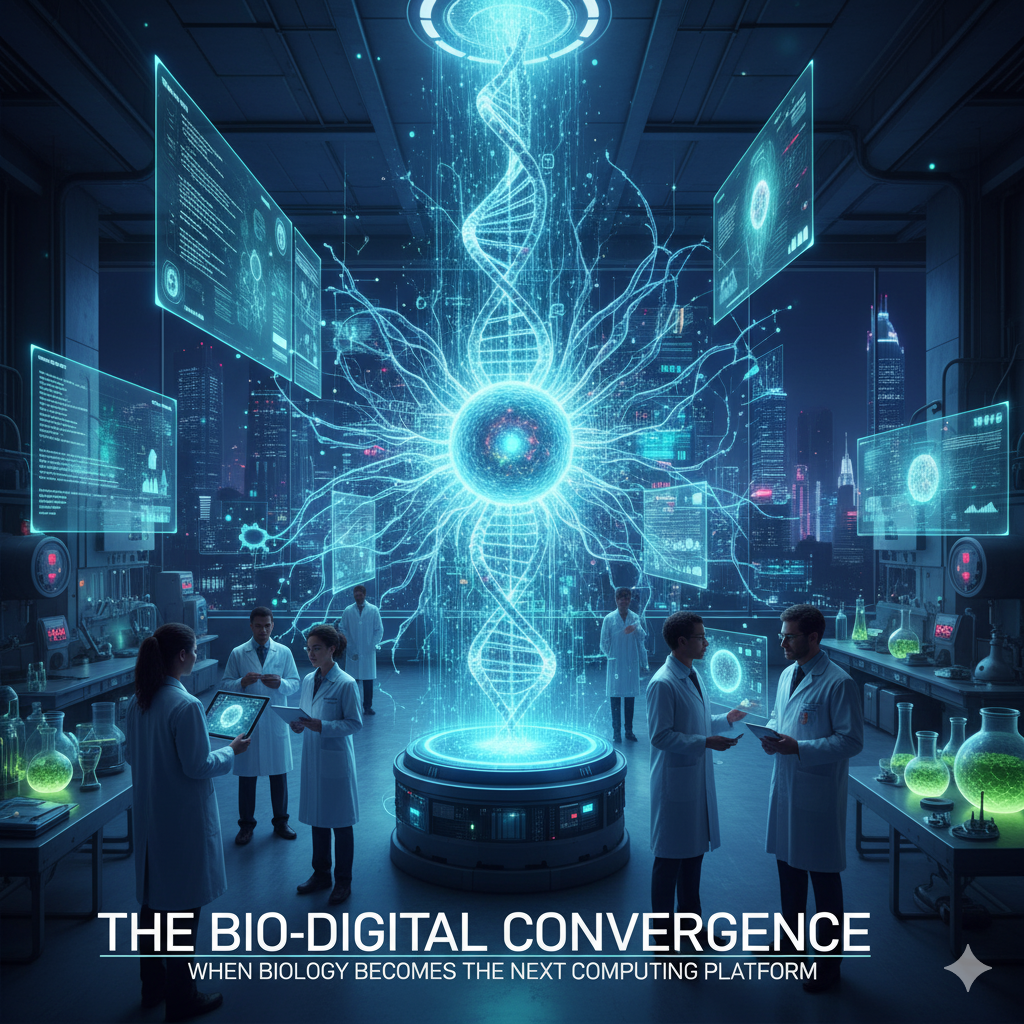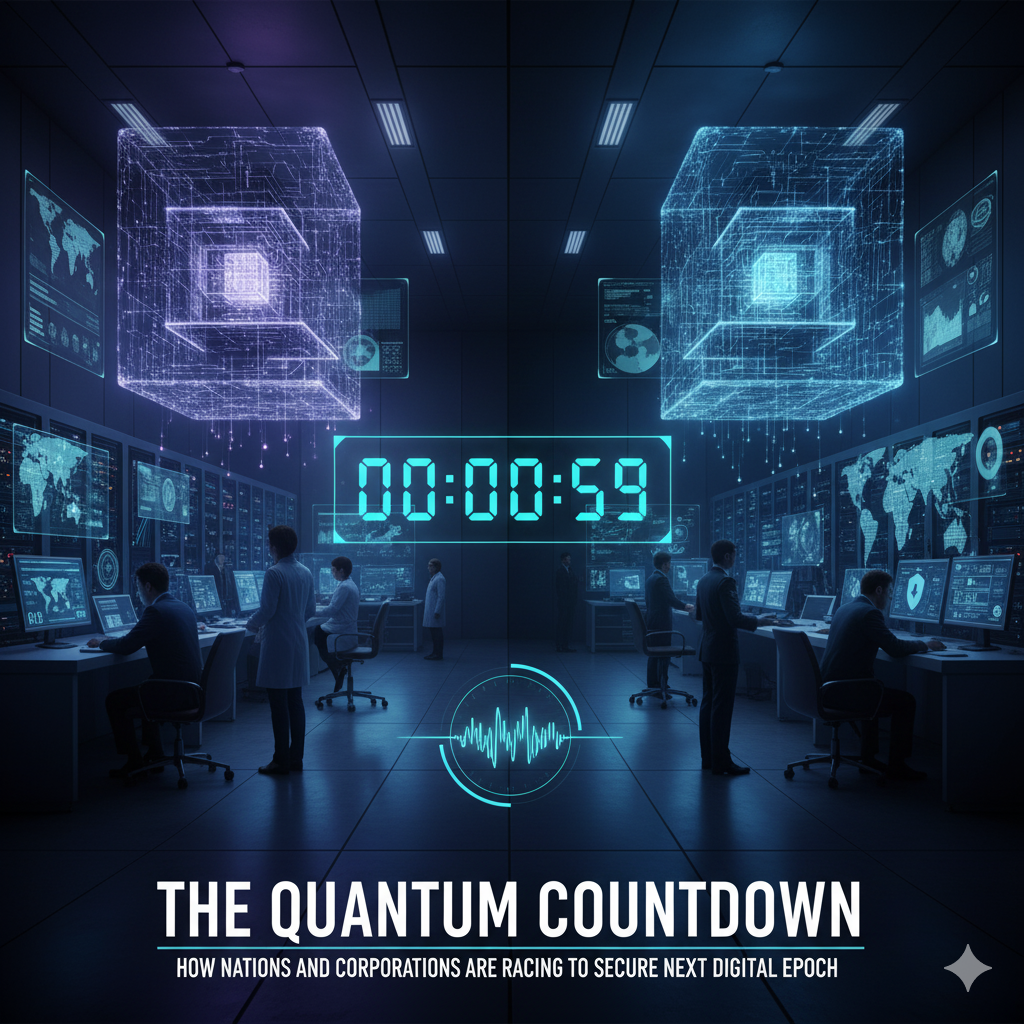We are no longer living in an era of isolated problems. The comforting notion that we can tackle a pandemic, then a supply chain collapse, then a regional war, then an energy shock as discrete events is a dangerous illusion. Welcome to the Age of Polycrisis—a period defined by tightly interconnected, mutually reinforcing global shocks that create impacts far greater than the sum of their parts. A climate event in Southeast Asia no longer just causes local flooding; it disrupts microchip manufacturing, which cripples auto production in Europe, which exacerbates inflation, which fuels political instability. For leaders in business and government, the old playbooks of crisis management are obsolete. The central challenge of the 2020s is no longer solving one problem at a time, but navigating a world where the crises never stop coming, and they are all talking to each other.
Deconstructing the Polycrisis – The Anatomy of Interconnection
The term “polycrisis” was popularized by historian Adam Tooze to describe a situation where “multiple crises interact such that the overall impact exceeds the sum of each part.” It is not merely a list of concurrent bad news. It is a cascade, a domino effect of systemic failures. The anatomy of our current polycrisis can be mapped across several key, interlocking domains:
The Geopolitical-Economic Knot: The war in Ukraine was not just a regional conflict. It triggered a global energy crisis, which spiked inflation, which forced central banks to aggressively raise interest rates, which increased the cost of capital for developing nations, pushing many to the brink of sovereign debt default. This economic pain, in turn, fuels public discontent and creates a fertile ground for populist movements, further destabilizing the international order.
The Climate-Supply Chain Feedback Loop: Climate change is no longer a future environmental threat; it is a present-day operational disruptor. A historic drought in Panama reduces traffic through the Panama Canal, forcing shipping giants to take longer, more expensive routes. This increases shipping costs and delays, contributing to inflation. Simultaneously, extreme heatwaves in agricultural regions devastate harvests, leading to food price volatility and threatening food security in import-dependent nations, which can spark social unrest and migration crises.
The Technological-Social Fracture: The rapid, unchecked ascent of generative AI is creating simultaneous economic and social shocks. It threatens to automate knowledge work at an unprecedented scale, potentially creating widespread white-collar unemployment. This occurs alongside an epidemic of misinformation and eroding trust in institutions, fragmenting the shared reality necessary for democratic societies to function. The AI revolution is not happening in a vacuum; it is amplifying the stresses of the geopolitical and economic landscape.
The Failure of the Siloed Mindset
The fundamental problem for most established institutions is that they are architected for a simpler world. Governments have a Ministry of Finance, a Ministry of Energy, and a Ministry of Health, but no “Ministry of Interconnected Crises.” Corporations have risk matrices that treat “cyber-attack,” “raw material shortage,” and “regulatory change” as separate line items, failing to model how one can trigger the others.
This siloed thinking leads to catastrophic blind spots. A classic example is the 2021 Suez Canal obstruction. A single ship, the Ever Given, blocked a critical global trade artery. The immediate crisis was logistical. But its knock-on effects were economic (billions in trade delayed), financial (insurance claims, contract disputes), and social (shortages of goods, price hikes). A company that had only prepared for shipping delays was caught entirely off-guard by the compounded financial and reputational damage.
The New Leadership Mandate: Building Antifragile Systems
In a polycrisis world, resilience—the ability to bounce back—is no longer sufficient. The goal must be antifragility—a concept coined by Nassim Nicholas Taleb describing systems that gain from volatility, shocks, and uncertainty. The mandate for leaders is to stop just firefighting and start architecting organizations that are not merely robust, but that actually improve through disruption.
This requires a fundamental shift in strategy:
From Efficiency to Redundancy: The just-in-time supply chain was the pinnacle of efficiency. The polycrisis world demands just-in-case. This means building in strategic redundancies—dual-sourcing critical components, maintaining higher inventory buffers for essential goods, and cultivating a diverse portfolio of logistics options. This was once seen as wasteful; it is now a critical insurance policy.
From Centralized to Distributed Power: Centralized systems are single points of failure. The polycrisis favors distributed, modular models. In energy, this means microgrids and distributed renewables that can operate if the national grid fails. In IT, it means cloud-native architectures that can reroute traffic around outages. In organizations, it means empowering frontline teams with the autonomy to make rapid decisions without waiting for a chain of command that may be overwhelmed.
From Predicting to Sensing and Adapting: Traditional strategic planning, based on long-term forecasts, is broken. In a polycrisis, the future is fundamentally unpredictable. The new core competency is dynamic adaptation. This involves building sophisticated sensing capabilities—using AI to monitor global news, weather patterns, and geopolitical developments—and creating agile response teams that can pivot strategy in real-time based on incoming data.
Case Study: The Corporate Chameleon – How a Global Retailer Learned to Adapt
Consider “Aether Global Retail” (a composite of real-world examples), a company with a vast, centralized supply chain. In 2021-2022, they were hammered by port closures, raw material inflation, and shifting consumer demand all at once. Their old, centralized procurement and logistics system broke down.
Their transformation, “Project Chameleon,” was built on three antifragile pillars:
Regional Micro-Hubs: They moved away from a single, massive distribution center model. They established smaller, automated regional hubs that could source products locally and serve their regions autonomously. If one hub was disrupted, the others could compensate.
AI-Powered Demand Sensing: They replaced their quarterly forecasting models with a live AI platform that integrated data from social media trends, local weather events, and real-time sales. This allowed them to adjust inventory and promotions on a weekly, sometimes daily, basis.
Cross-Functional “Situation Rooms”: They created permanent, cross-departmental teams (logistics, finance, marketing, HR) tasked with monitoring a dashboard of polycrisis indicators. This team had the authority to enact pre-approved contingency plans instantly, without waiting for executive approval.
The result was a 30% reduction in supply chain disruption costs and an ability to capture market share from slower-moving competitors during periods of high volatility.
Strategic Outlook: Navigating the Permacrisis
The polycrisis is not a temporary condition; it is the new operating environment. Looking ahead, we can expect:
The Rise of the Chief Resilience Officer (CRO): A C-suite role dedicated to stress-testing the organization against interconnected risks and building antifragile systems will become standard in major corporations.
“Stress Testing” as a Core Strategy: Scenario planning will evolve from considering single risks to modeling complex cascades. “What if a new pandemic emerges while we are in a trade war and a major cyber-attack hits our energy infrastructure?” will become a standard boardroom exercise.
The Geopolitics of Resilience: Nations will increasingly compete on their resilience, not just their GDP. This will manifest as “friend-shoring” of supply chains, strategic stockpiling of critical resources, and a new era of industrial policy aimed at self-sufficiency in key sectors like semiconductors, pharmaceuticals, and energy.
Conclusion: The Great Unraveling and the Great Rebuilding
The Age of Polycrisis is, in many ways, a great unraveling. It is exposing the brittle foundations of systems optimized for a world of stability that no longer exists. This is undeniably frightening. Yet, within this chaos lies an immense opportunity—the opportunity for a great rebuilding.
The leaders, companies, and nations that will not only survive but thrive in the coming decades will be those that embrace complexity. They will abandon the quest for perfect predictability and instead build for constant adaptation. They will value redundancy over pure efficiency, empowerment over rigid control, and systemic thinking over siloed expertise. The polycrisis is the ultimate test of our collective intelligence and agility. It is forcing us to evolve. The future belongs not to the strongest, but to the most adaptable.


